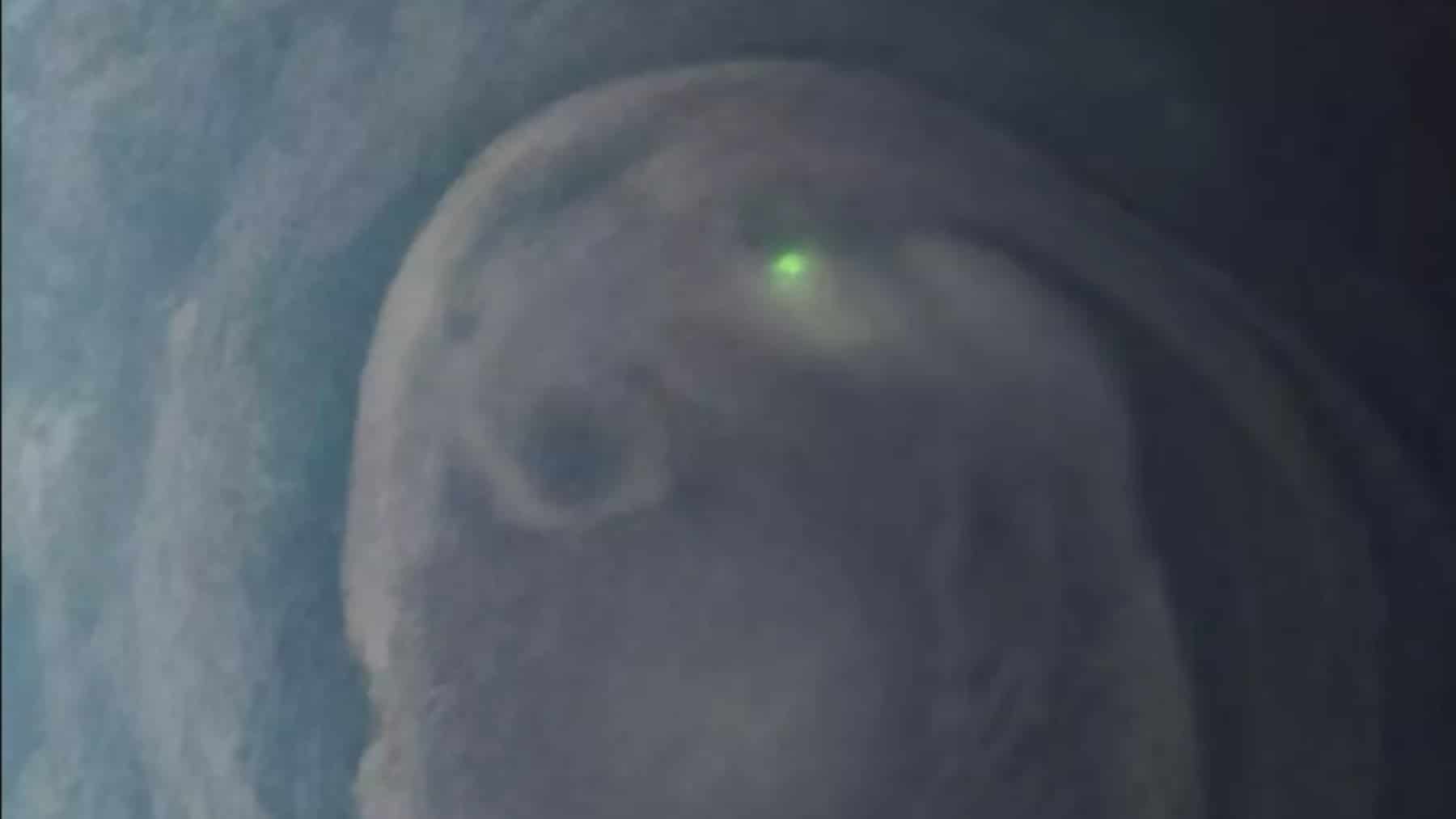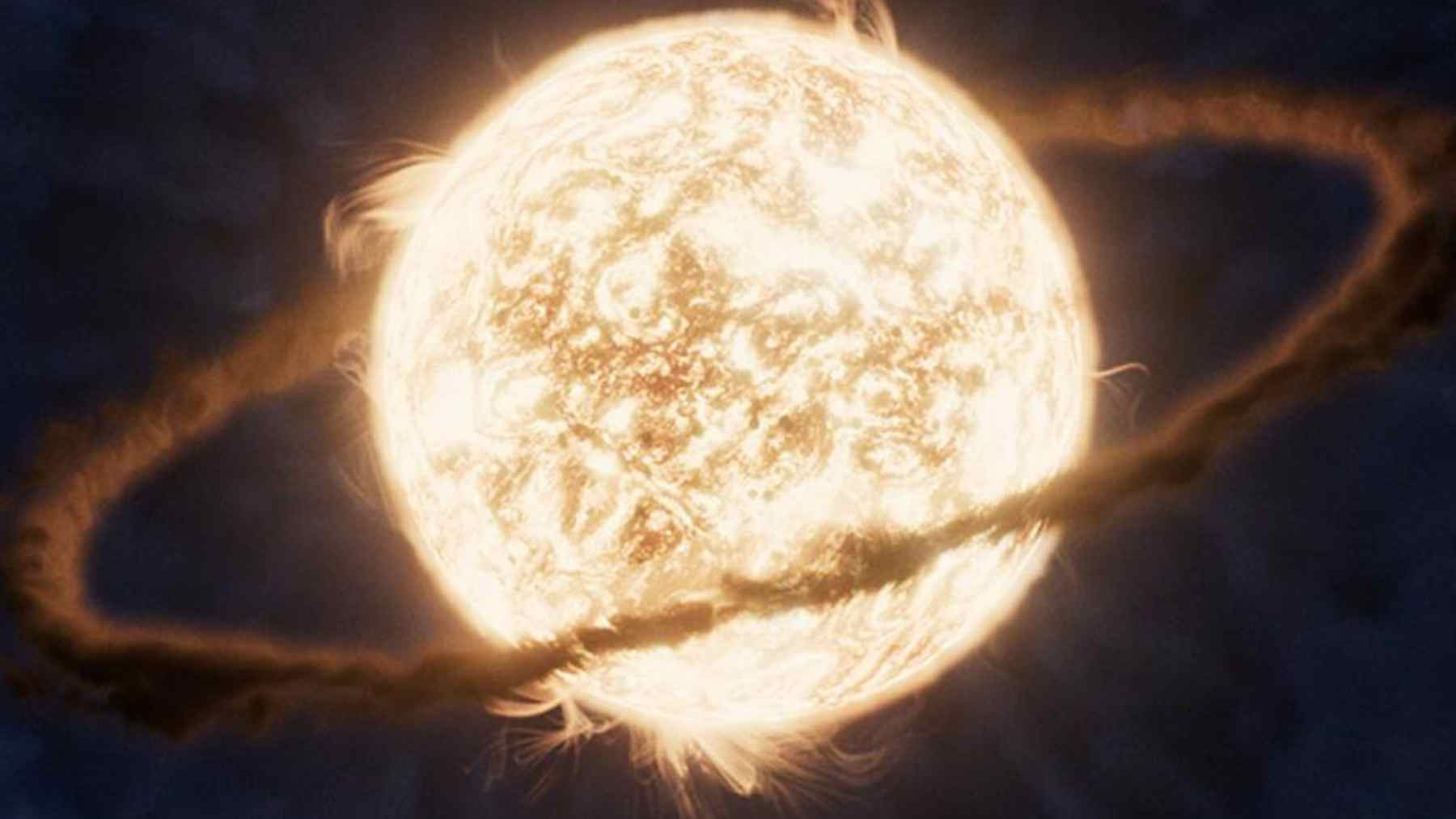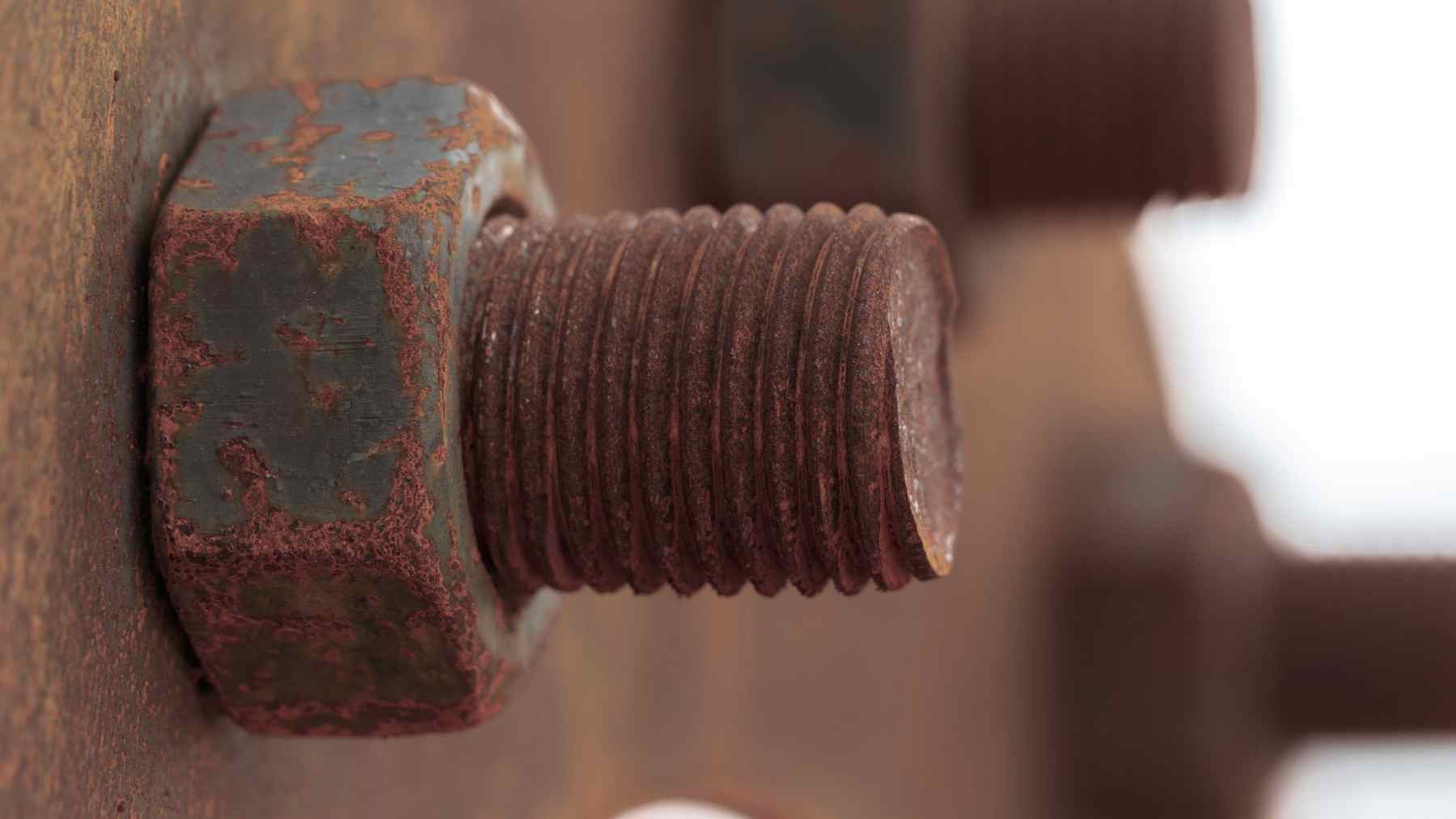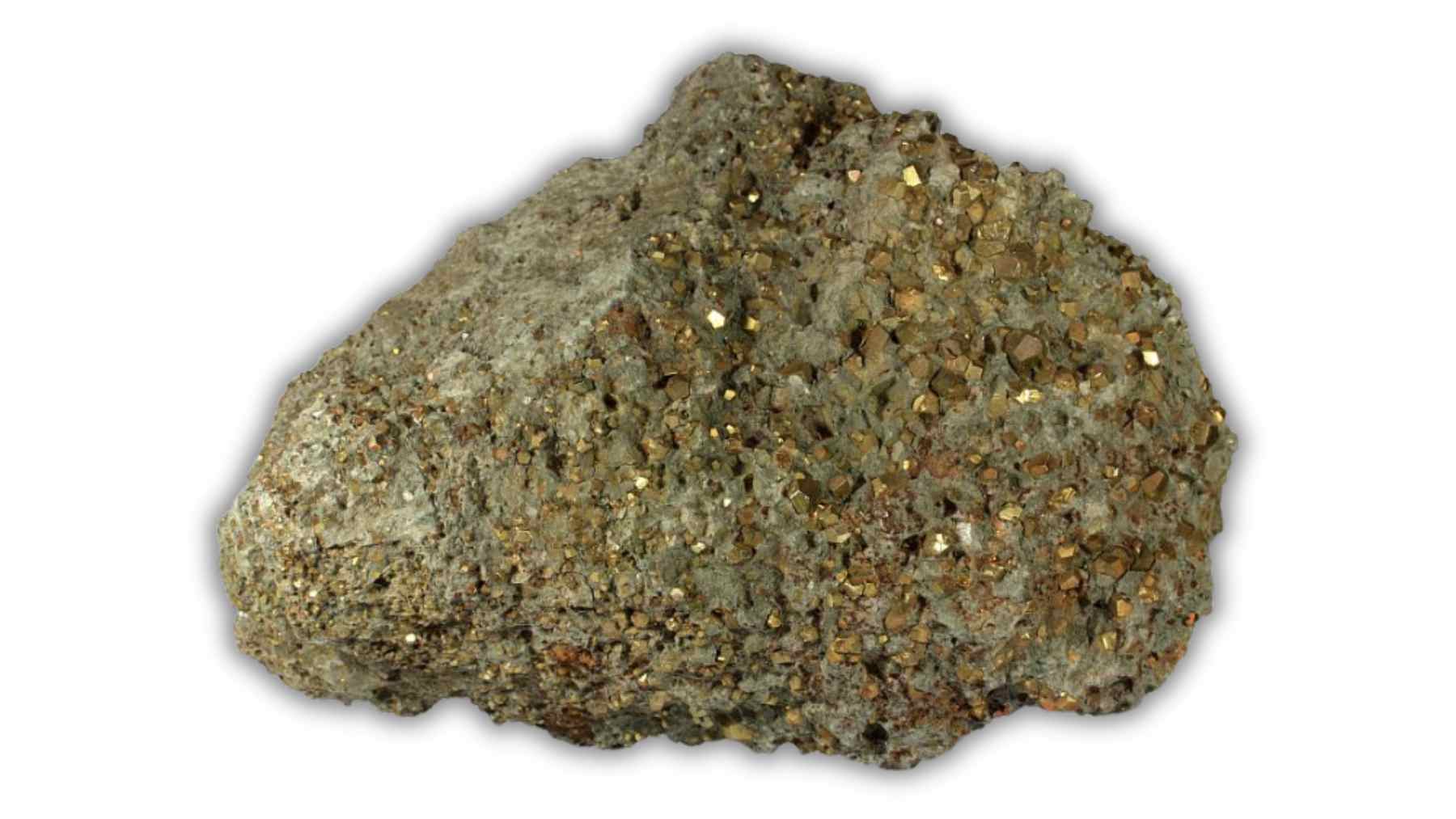Since the beginning of astronomical exploration, we’ve always been increasingly curious about what lies beyond our immediate vision, like the moon. And then, with the advancement of telescopes and space missions, more and more discoveries are being made, but some continue to surprise us. It’s no surprise that recently, a new discovery caught the attention of astronomers: a phenomenon that could change what we know about the dynamics of objects near Earth.
Is it a moon, or just a cosmic illusion that we don’t understand?
This object, more precisely a rock, hidden from human eyes for over 60 years, revealed peculiar behavior, almost as if it were a moon, but without actually being one. Its presence challenges our understanding of how these celestial bodies interact with Earth and the Sun.
When we talk about asteroids and near-Earth bodies, we usually think of objects that cross our orbit, or natural satellites like the Moon. But what few people know is that there are asteroids whose orbits appear to follow Earth’s, creating the illusion that they are, in some way, its satellites. In the case of the most recent discovery, astronomers have revealed a rocky body that, based on its orbit, appears to “dance” around Earth like our Moon.
A new object not far from Earth is fascinating space researchers
We’re talking about the body called 2025 PN7. It follows a complex trajectory, with periods when it approaches Earth, coming as close as about 186,000 miles (299,337 km), which is approximately the average distance of the Moon. However, its orbit is not completely stable. During some periods, it follows a “horse-in-a-horse” orbit, meaning it moves very far from Earth, up to 185 million miles (297 million km).
The cosmos keeps secrets: Hidden companions or overlooked wanderers?
In fact, 2025 PN7 follows a complex trajectory, with periods when it approaches Earth, coming as close as about 186,000 miles (299,337 km), which is approximately the average distance from the Moon. However, its orbit is not completely stable. During some periods, it follows a “horse-in-a-horse” orbit, meaning it moves very far from Earth, up to 185 million miles (297 million km). And it was only identified thanks to the careful observation of a group of astronomers using Pan-STARRS1, located in Hawaii. And the reason 2025 PN7 escaped radar for so long is simple:
- Small size
- Faint luminosity
- Rare visibility windows
As technology evolves, however, telescopes like the Vera Rubin Observatory, which will be operational in the coming years, should expand the ability to detect small, distant objects, revealing even more of Earth’s “invisible companions” (many are already saying that the Rubin Observatory rewrites cosmic surveillance).
Quasi-moons challenge us: Cosmic stepping stones or missed chances?
2025 PN7 is one of many asteroids that remain in orbits that somewhat mimic those of moons, but are not actually Earth-bound. These objects, known as quasi-moons, may have short lifespans, but they still offer incredible opportunities for space exploration. This is because these near-Earth bodies are ideal candidates for space missions. After all, they remain accessible for long periods, offering less risk and more opportunities for study.
In other words, the discovery of 2025 PN7 opens a new chapter in the exploration of near-Earth asteroids. They can be used to test new planetary exploration technologies at a lower cost than more distant asteroids. Furthermore, these objects could aid in the search for valuable materials in space as part of future asteroid mining projects. While they don’t pose an imminent threat, studying these celestial bodies can provide significant answers about the formation of the solar system and asteroids in our neighborhood; another example of this was when NASA captured the first image of the ‘baby universe.’














